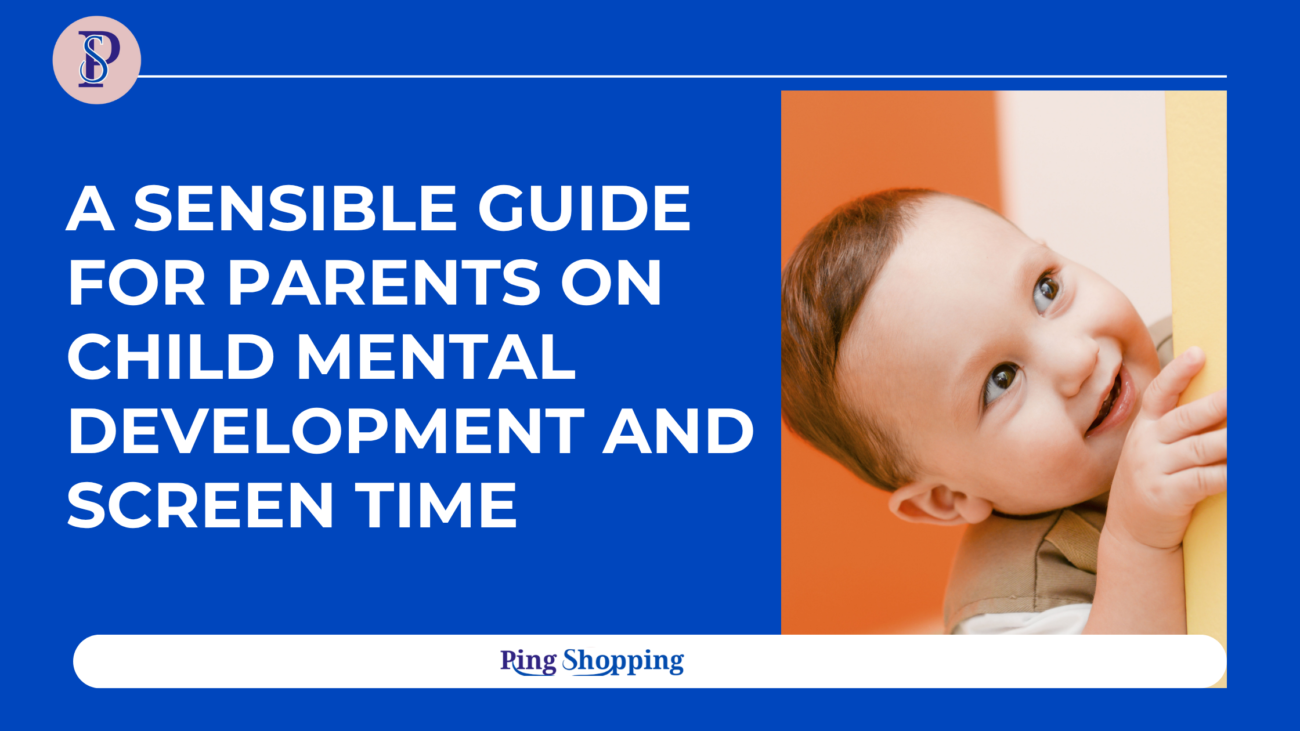Nowadays, parents quickly hand over their smartphones to the kids to free themselves from handling them. In fact, devices are becoming an integral part of their daily routines and learning settings as well. Technology has become an inevitable factor as many of them are either dependent upon tablets or engage in conversations about the newest video game. This is why parents really need to consider how to regulate screen time without facing ongoing battle, guilt, and also protect the children from its negative effects. The current reality is that parenting in the digital age isn’t just about cutting screen time; it’s also about teaching children some healthy habits and making boundaries stronger. Below are eight evidence-based strategies that assist families in finding that fine line.
1. Create a Family Media Plan

One of the easiest but most effective things is to write down your family’s rules. There must be a particular routine to follow for screen time usage. For example, no phone should be carried in the dining room, and gaming should be avoided until homework is complete. Moreover, devices need to be turned off after 9 PM. When they are put into writing and negotiated, they don’t feel much, but more family values step in.
2. Practice Active Mediation
Blocking apps or setting time limits will prevent your children from spending a huge amount of time on screen. However, it does not help in learning critical thinking. For this, active meditation and discussing things together will form a better family culture. If you come across a situation where your children are watching something bad, then ask why they are watching it instead of restricting them. These kinds of conversations teach kids media literacy, a much more enduring skill than obeying rules from parents.
3. Eliminate Screens Before Bed
Never let your children use the device screen an hour before going to bed. Blue light and cognitive stimulation can be a great trouble when you ask a child to fall asleep at night. You need to encourage reading a book, talk about the day, or schedule for tomorrow. Every single change will lead to an improvement in the sleep schedule.
4. Try Short Reductions
It is difficult for most families to impose rigid daily limits. A better strategy is to experiment with short-term cuts. For instance, attempt a “tech-free Sunday afternoon” or designate two evenings a week free from screen time for family activities.

Kids will fight it at first, but when the habit sets in, many parents find themselves witnessing surprising changes—kids return to board games, take up drawing again, or just engage in free-play fun. The idea isn’t to ban screens totally, but to demonstrate that there are plenty of other fun alternatives.
5. Look for Problematic Use
Two hours of conversation with grandparents on a video call is far impactful than scrolling social media aimlessly. In fact, parents need to closely monitor how screen use impacts sleep and mood. The primary indications of problematic use are hiding devices, sacrificing sleep, and more. These situations require stricter limits, and teacher or professional support can be beneficial.
6. Include Movement and Breaks
Screens invite just sitting around for long periods, and this is not good for kids’ bodies or brains. To deal with this, Pomodoro technique would be an effective one. You can do this after every 25 to 40 minutes of studying or screen time while taking a 10-minute break to stretch. Even short bursts of exercise restore attention and enhances mood.
7. Combine Parental Controls with Discussions
Technology provides an abundance of tools—app timers, screen reports, and device “bedtimes.” Though useful, they function optimally in tandem with candid conversation. When a timer closes a game but a child does not comprehend the reason, resentment forms.
Parents may tell the reasons behind the restrictions: “We’re putting this rule into place because sleep is a priority,” or “We want you to have space for other things.” By doing so, cooperation will be encouraged instead of endless fights.
8. Prioritise Quality Content
Lastly, pay attention to what children are watching, not how much. Educational software, imaginative games, and children’s shows can be stimulating. Conversely, hours of passive scrolling or viewing violent content can be detrimental. Co-viewing is strong here.
Finding Balance, Not Perfection
Keep in mind that you have to foster a habit of healthy sleep, cultivate knowledge, and strengthen family bonds while finding room for using technology. If you’re feeling overwhelmed, remember: start small. Introduce one change, like a screen-free bedtime, or hold a short family meeting to draft a media plan.
At the end of the day, parenting is not about controlling every moment of your child’s screen time. It’s about teaching them the wise use of technology while establishing critical thinking, and creating a balanced life





